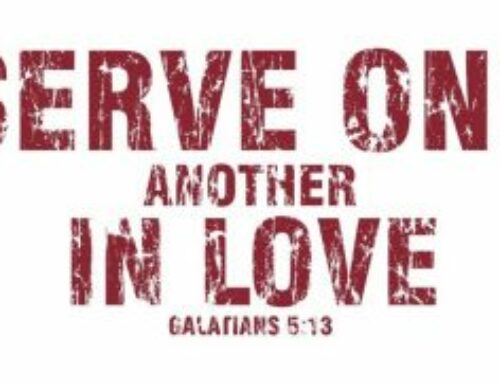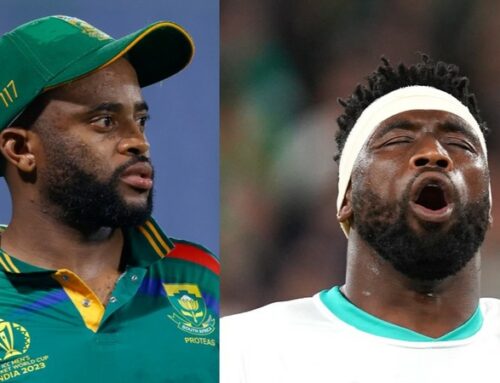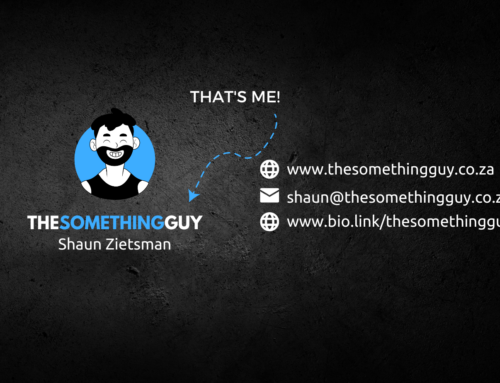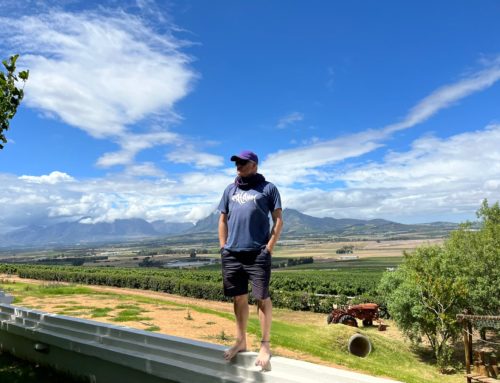LET’S LEARN FROM THIS GUY
A couple of different people shared this story with me this last week and it was so powerful that i really wanted to try and capture the heart of it in a blog post so it would stick around for longer. You have likely seen this iconic Olympic photograph before and wondered, like myself and so many others, what is going through the white guy’s mind and possibly questioned his actions:
Well this story [and seriously go and read the whole thing] gives us an indication of what was going on and it is a powerful story worth spending a few minutes on. The white guy’s name was Peter Norman.
Italian writer Riccardo Gazzaniga comments:
I always saw the photo as a powerful image of two barefoot black men, with their heads bowed, their black-gloved fists in the air while the US National Anthem, “The Star-Spangled Banner,” played. It was a strong symbolic gesture – taking a stand for African American civil rights in a year of tragedies that included the death of Martin Luther King and Bobby Kennedy.
It’s a historic photo of two men of color. For this reason I never really paid attention to the other man, white, like me, motionless on the second step of the medal podium. I considered him a random presence, an extra in Carlos and Smith’s moment, or a kind of intruder. Actually, I even thought that that guy – who seemed to be just a simpering Englishman – represented, in his icy immobility, the will to resist the change that Smith and Carlos were invoking in their silent protest. But I was wrong.
To be honest, i imagine many of us had the same reaction and thought. But he explains a little later:
Norman was a white man from Australia, a country that had strict apartheid laws, almost as strict as South Africa. There was tension and protests in the streets of Australia following heavy restrictions on non-white immigration and discriminatory laws against aboriginal people, some of which consisted of forced adoptions of native children to white families.
Smith and Carlos had decided to get up on the stadium wearing the Olympic Project for Human Rights badge, a movement of athletes in support of the battle for equality.
But then Norman did something else. “I believe in what you believe. Do you have another one of those for me”? he asked, pointing to the Olympic Project for Human Rights badge on the others’ chests. “That way I can show my support for your cause.” Smith admitted to being astonished, ruminating: “Who is this white Australian guy? He won his silver medal, can’t he just take it and that be enough!”.
Smith responded that he didn’t, also because he would not be denied his badge. There happened to be a white American rower with them, Paul Hoffman, an activist with the Olympic Project for Human Rights. After hearing everything he thought “if a white Australian is going to ask me for an Olympic Project for Human Rights badge, then by God he would have one!” Hoffman didn’t hesitate: “I gave him the only one I had: mine”.
Peter Norman returned home and was completely ostracised for his actions and despite running qualifying times for two different events for the following Olympics, he was not allowed to compete.
For years Norman had only one chance to save himself: he was invited to condemn his co-athletes, John Carlos and Tommie Smith’s gesture in exchange for a pardon from the system that ostracized him.
A pardon that would have allowed him to find a stable job through the Australian Olympic Committee and be part of the organization of the 2000 Sydney Olympic Games. Norman never gave in and never condemned the choice of the two Americans.
The story has a sad ending as far as Norman was concerned, but a powerful one in the greater scheme of things:
Norman died suddenly from a heart attack in 2006, without his country ever having apologized for their treatment of him. At his funeral Tommie Smith and John Carlos, Norman’s friends since that moment in 1968, were his pallbearers, sending him off as a hero.
Only in 2012 did Australia finally recognise his accomplishment, acknowledge his success and apologise for their actions towards him.
“Peter was a lone soldier. He consciously chose to be a sacrificial lamb in the name of human rights. There’s no one more than him that Australia should honor, recognize and appreciate” John Carlos said.
“He paid the price with his choice,” explained Tommie Smith, “It wasn’t just a simple gesture to help us, it was HIS fight. He was a white man, a white Australian man among two men of color, standing up in the moment of victory, all in the name of the same thing”.
WE DO IT BECAUSE IT IS RIGHT
What stands out in that story for me is that Peter Norman never received acknowledgement for his actions. He did what he knew to be right. And suffered for it. But didn’t even bother to defend his name or try to make people see what he did. He was content to take a step backwards and let those who the fight was really about take the podium.
What is there to be done in the world around us because it is the right thing to do and not simply because of what it will bring for us? How much are we prepared to risk or sacrifice for what is right?
In South Africa i think the answers to that first question are many. For me one of the pressing needs as a white person is for me to try and figure out what it means to be a better Ally to my black and coloured friends. To Listen more. i believe that greater economic balance is essential, cos i’m not sure i’m suggesting we all have the same, but i definitely feel like the disparity between rich and poor [and by rich i mean anyone reading this on a computer and possibly phone that belongs to them and by poor i mean people whose struggles are enough food and money for rent and not what meal to order at a restaurant or what label of clothes to buy]. i have no idea how this will happen and so much more wrestling needs to happen and part of that is figuring what it means to live more simply. There’s a lot, but this story is a good reminder that it needs to not be about me, and that it doesn’t necessarily have to be seen [unless it being seen mobilises other people to do a similar thing]. Lots to think about. And do.







![The Road to the Catan World Champs in Malta 2022! [Part II]](https://brettfish.co.za/wp-content/uploads/2022/11/IMG_9944-scaled-e1669831201283-500x383.jpg)
Leave a Reply